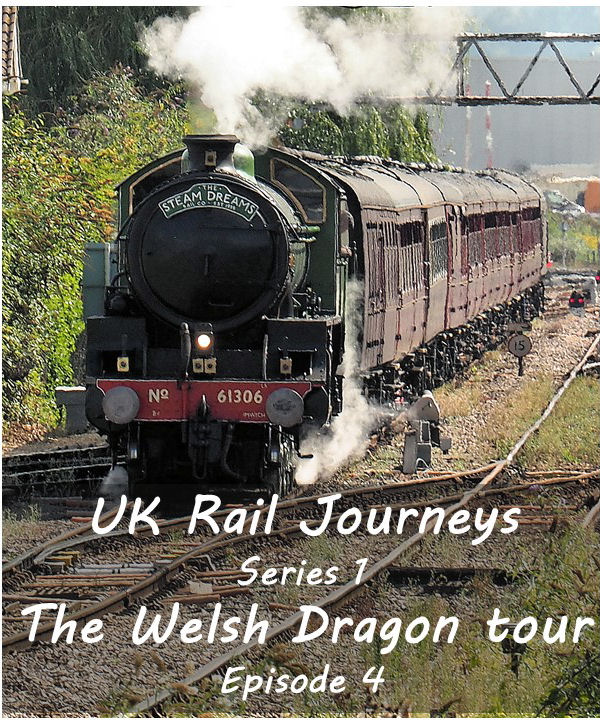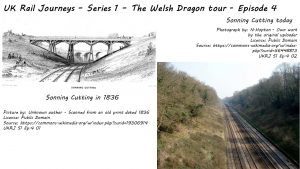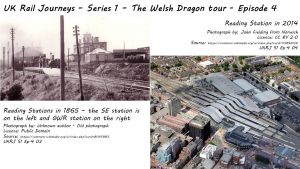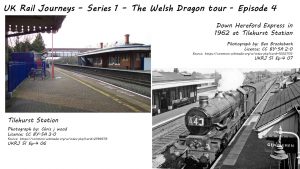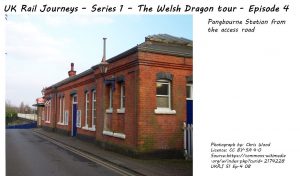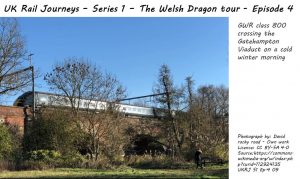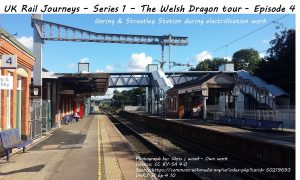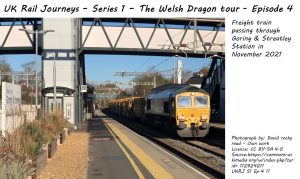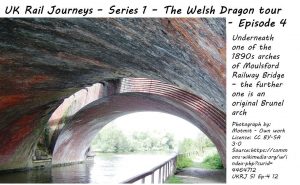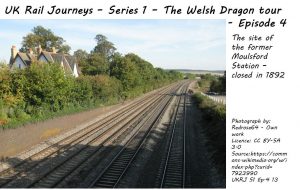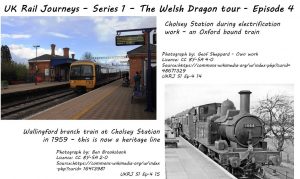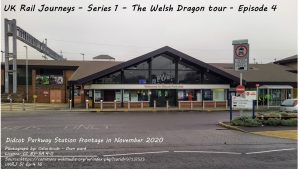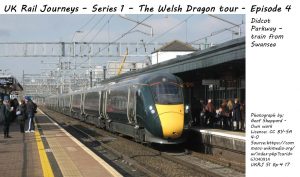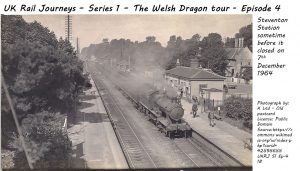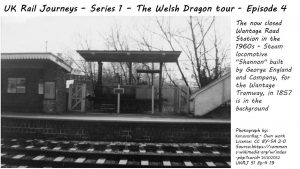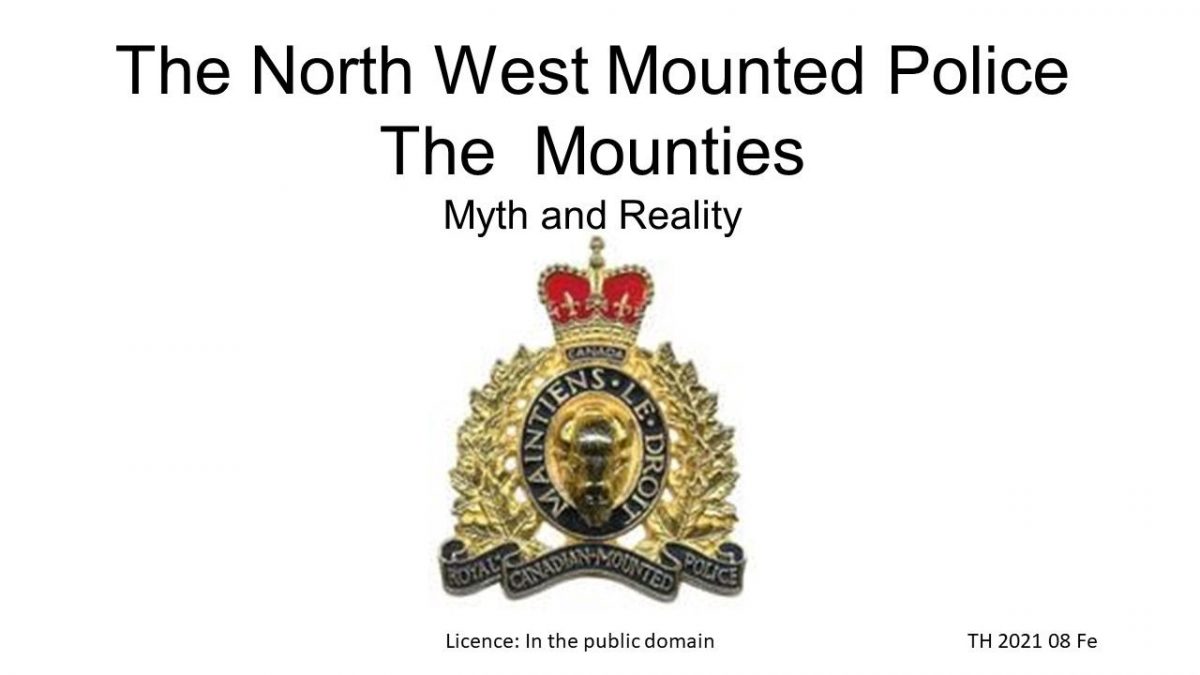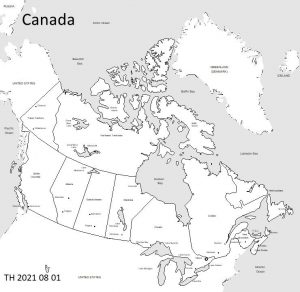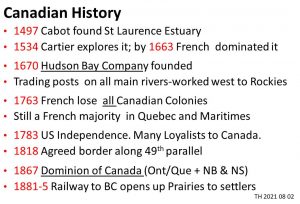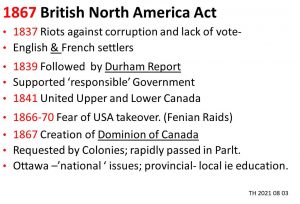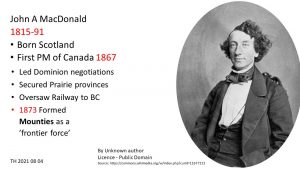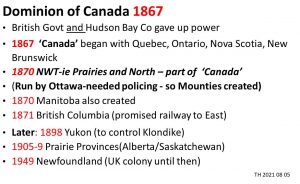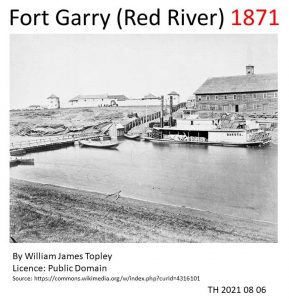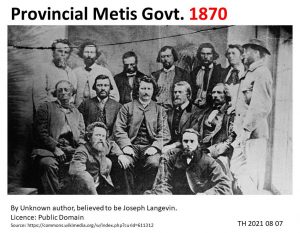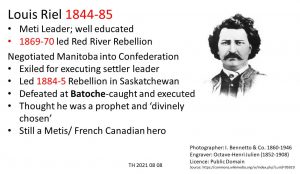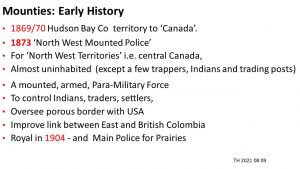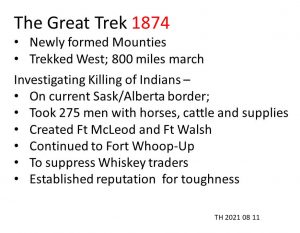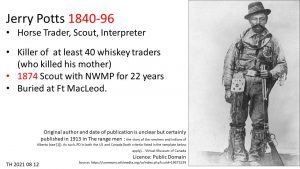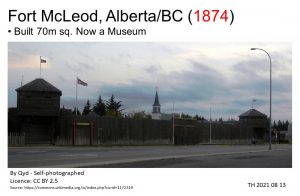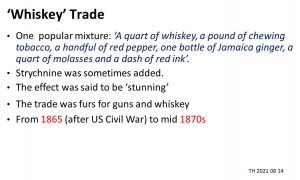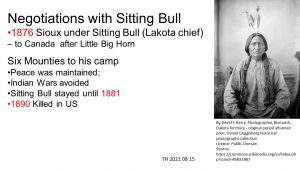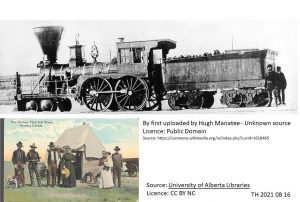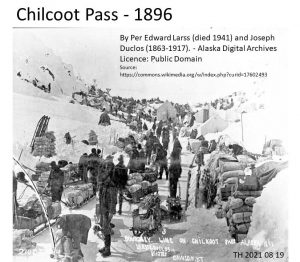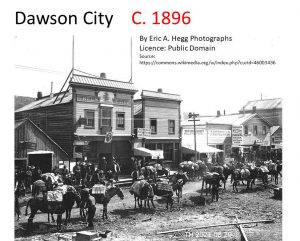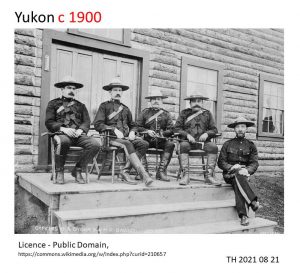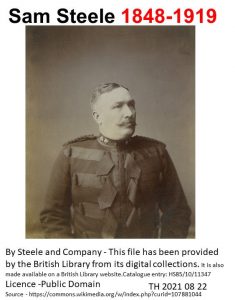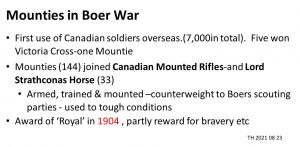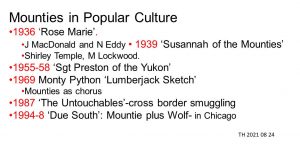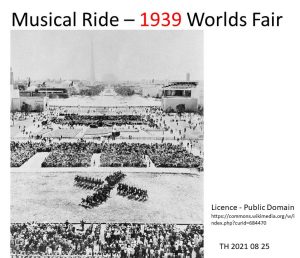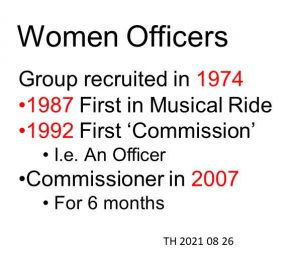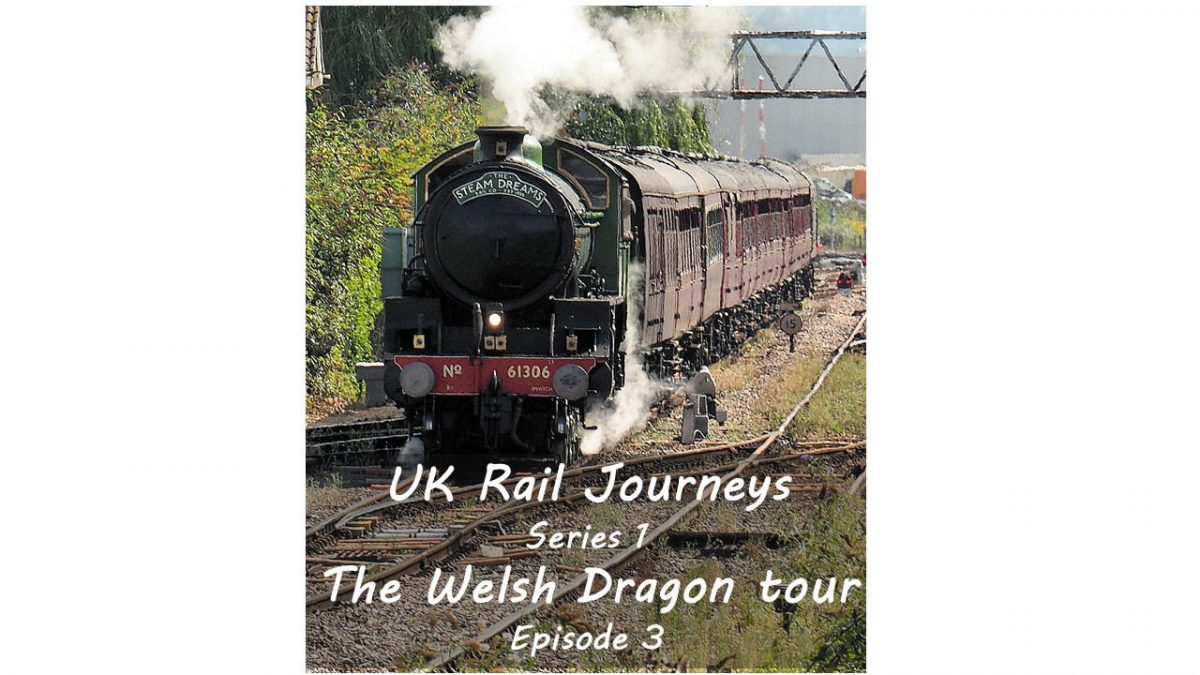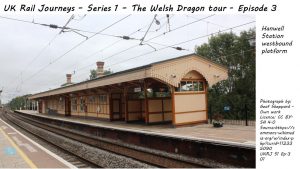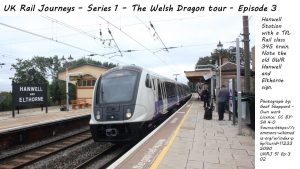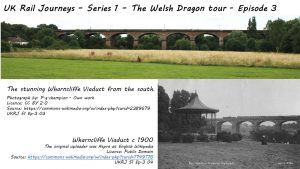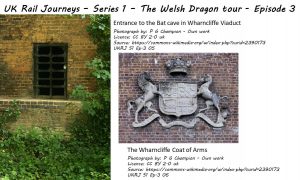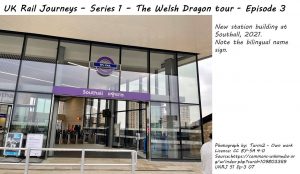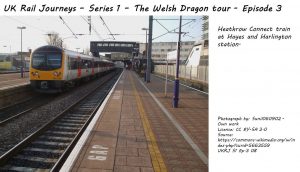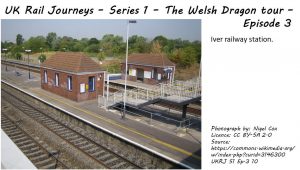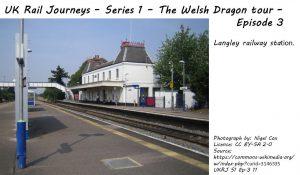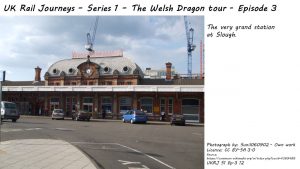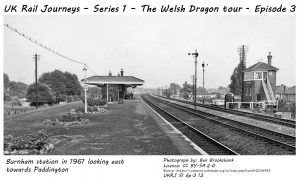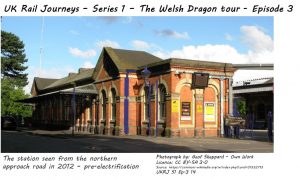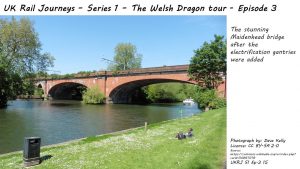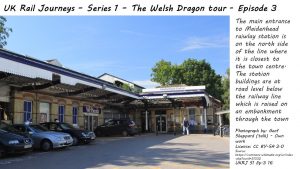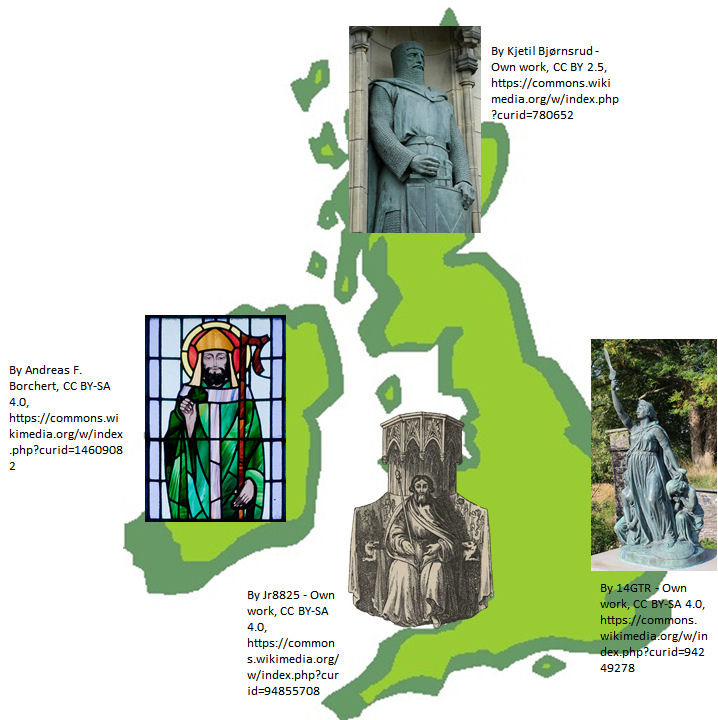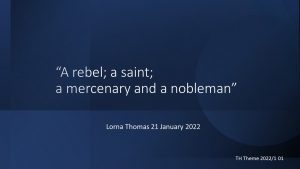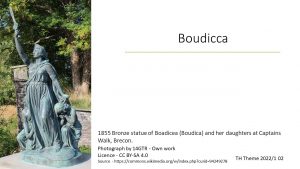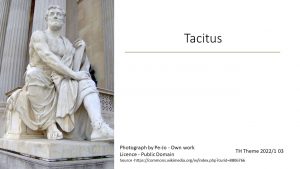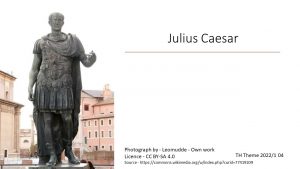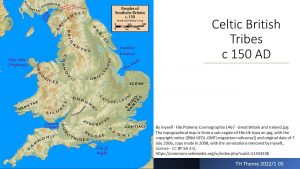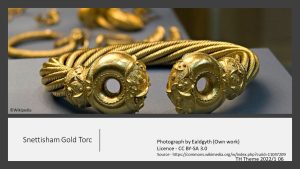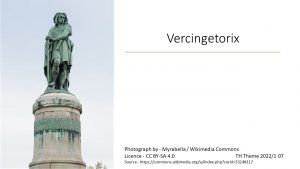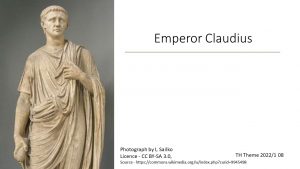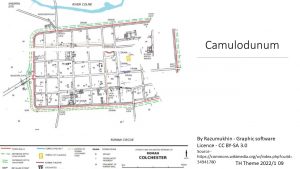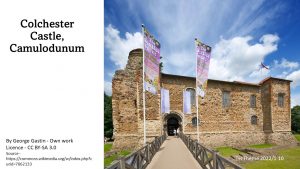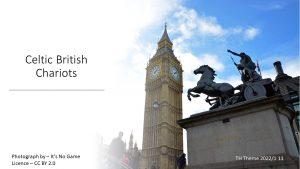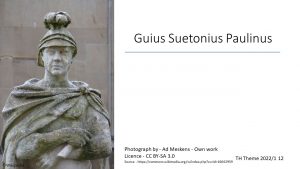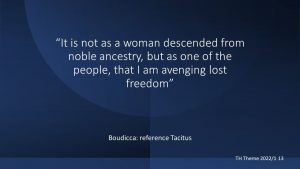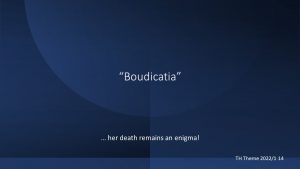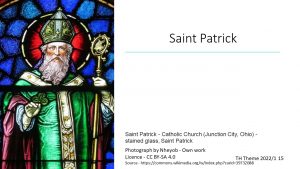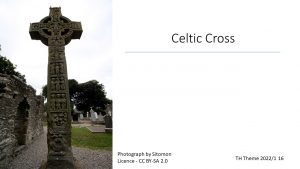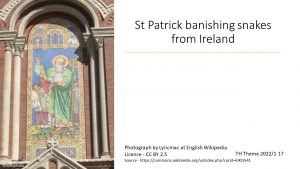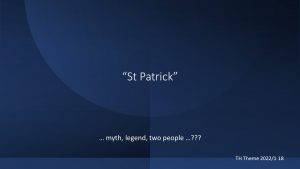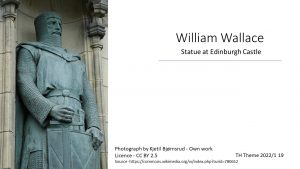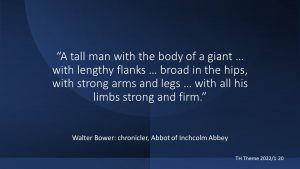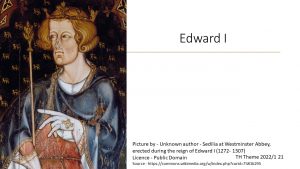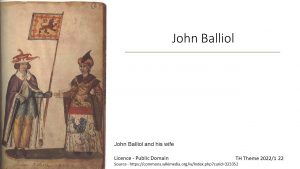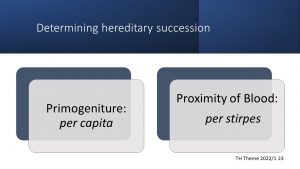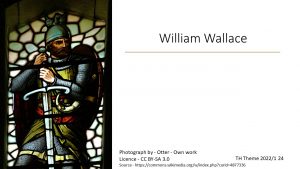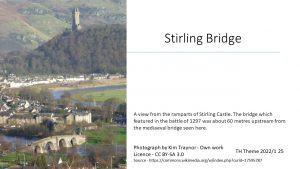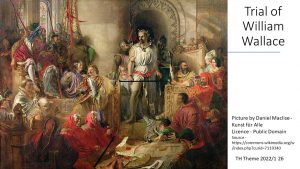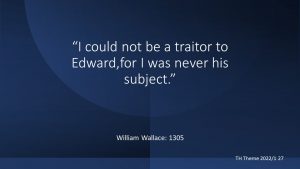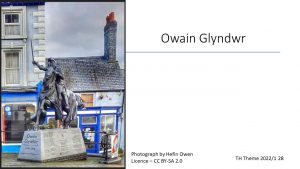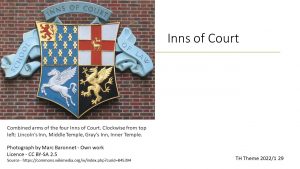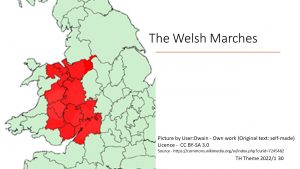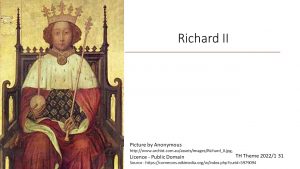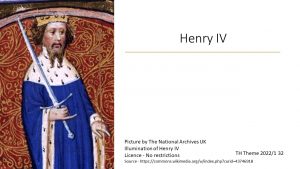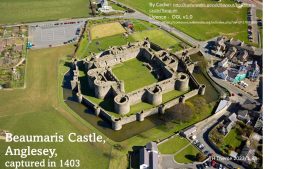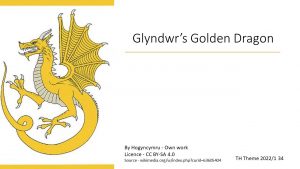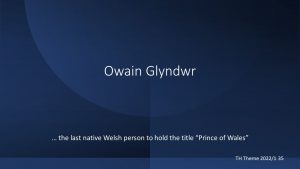Podcast: Play in new window | Download (Duration: 17:11 — 15.7MB)
From Reading to Wantage Road – Series 1 – Episode 4
In this episode we continue our journey travelling from Reading to Wantage Road. Our journey takes us west, through towns and the countryside, over bridges as we cross rivers.
Click on a ‘thumbnail’ to view the photographs that accompany this podcast:
The Sonning Cutting:
The cutting allows the railway to bypass Sonning. The cutting is over a mile long and, in places, 60 feet deep. Navvies dug the cutting and moved the spoil in wheelbarrows and horse drawn carts. It takes two years to complete and the line opens on 31 March 1840.
There is an accident 21 months after the cutting is completed. A mixed freight and passenger train runs into a landslide. Passengers travel in open top wagons and so many are thrown out. Nine die and sixteen are injured. This leads to the President of the Board of Trade, W E Gladstone, bringing in railway safety legislation.
Reading:
We pass over the River Kennet and soon see the tracks shared by the SWR route to Waterloo and the GWR route to Gatwick Airport.
We stop at the modernised station so that passengers can join the train. Reading is the 9th busiest UK station outside London and the second busiest interchange.
Queen Elizabeth II opened the rebuilt station on 17th July 2014.
Westwards:
We soon reach Tilehurst which opened in 1882. GWR operate local services from the station. Jerome K Jerome mentions the railway at Tilehurst in Three Men in a Boat. He says the railway soils the view!
We then pass through Pangbourne station which has been open since June 1840. Again GWR operate local services from the station.
Goring and Streatley soon follows. Our train is now travelling at speed as Mayflower powers westward. We cross the Moulsford Railway Bridge, actually two parallel bridges, across the Thames.
Next comes Cholsey Station where you can get local services to Didcot, Oxford, Reading and Paddington. The Cholsey and Wallingford Railway, a heritage line, uses Platform 5 at the station.
Didcot:
We pass Didcot Parkway a few minutes behind schedule. The current station buildings date from 1985 and the station offers ‘Park & Ride’. The station is a major junction. On the 7th December 1964 all local services between Didcot and Swindon were withdrawn and stations closed.
Closed stations west of Didcot:
We now pass a number of closed railway stations. The first is Steventon. Although the station has been demolished the Great Western Railways, Jacobean style house used as the company headquarters from July 1842 to January 1843, still exists.
Wantage Road, the end of this episode, dates from 1846 – 6 years after this section of line opened. In 1873 the Wantage Tramway opened joining the station with the town.
I hope that you’ve enjoyed this podcast. If so, please join me in a couple of weeks time when we continue our journey, taking water at Challow, and proceeding to Swindon and beyond on the Welsh Dragon.
Links:
To visit the Steam Dreams website please follow this link.
This podcast is also available through Amazon Music, Apple Podcasts, Castbox , Deezer, Podchaser, Spotify, Stitcher and Vurbl and others.
![]()
Music:
AKM Music has licensed Steam Railway and Funny Corporate for use in this podcast.
© The MrT Podcast Studio 2022

